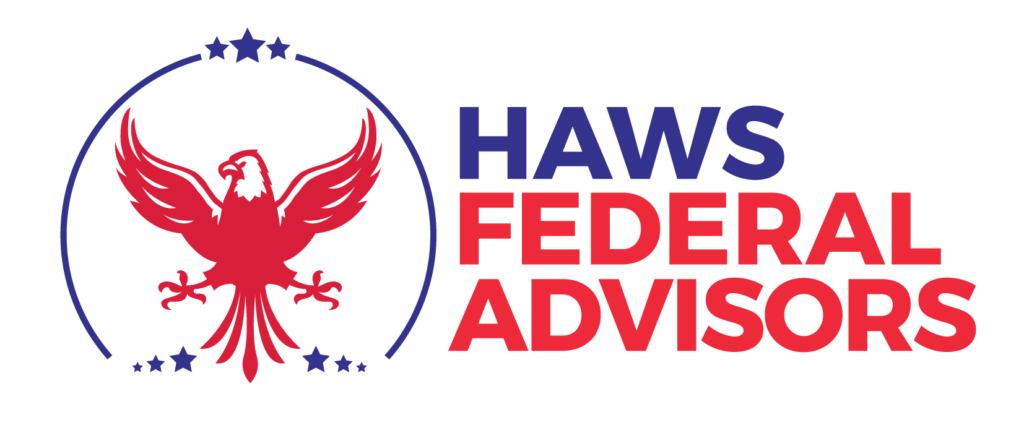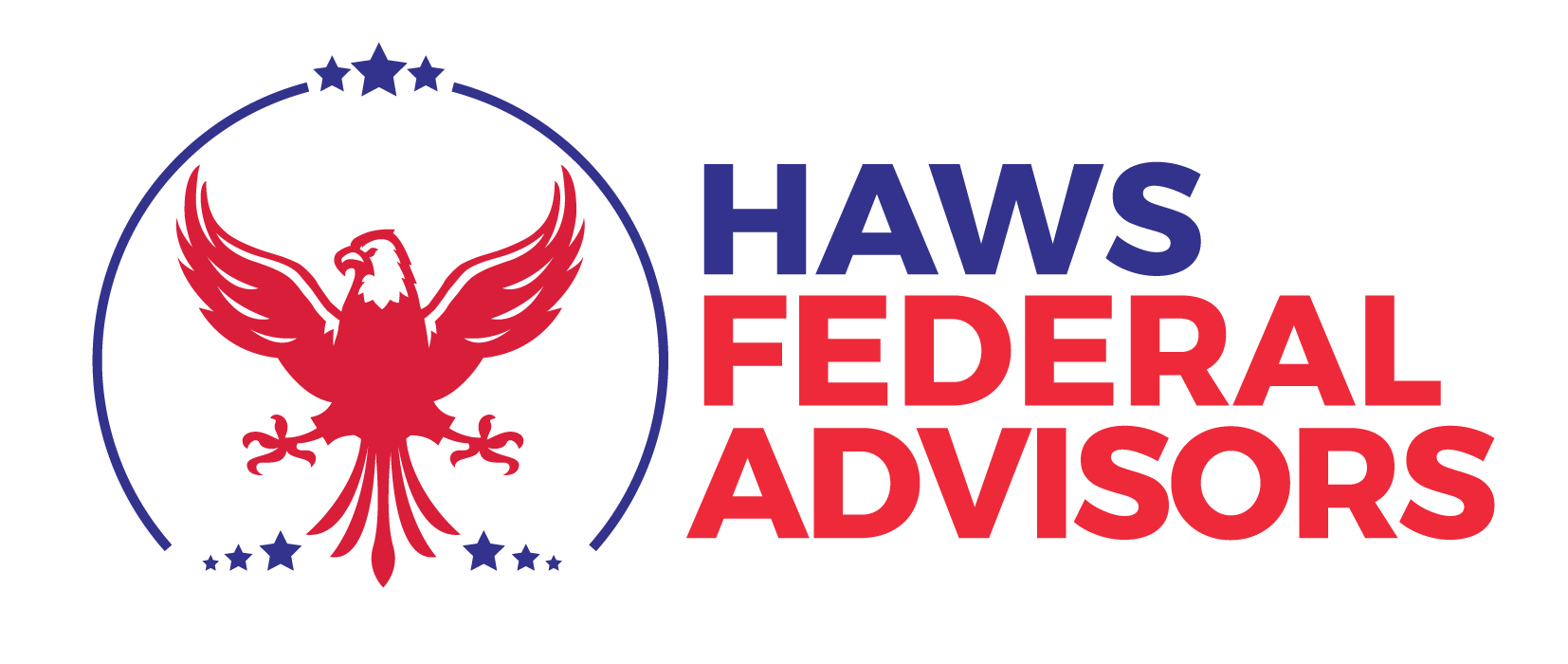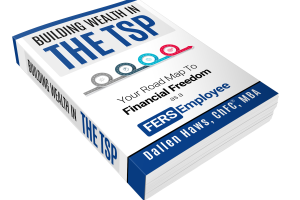Federal employees enjoy some of the best retirement benefits available, but simply having access to these benefits is not enough. To ensure a comfortable and financially secure retirement, employees must understand these benefits and how to optimize them. This guide will help you navigate the three main sources of federal retirement income, investment strategies for the Thrift Savings Plan (TSP), maximizing insurance benefits, and setting overall retirement goals.
Understanding Your FERS Retirement Benefits
The Federal Employees Retirement System (FERS) provides three primary income streams for retirees:
FERS Pension
Thrift Savings Plan (TSP)
Social Security & FERS Supplement
Each of these components plays a crucial role in securing your retirement, and understanding how to maximize them is key to financial stability.
1. FERS Pension
The FERS pension is a defined benefit plan based on the following:
Your High-3 Salary (average of your highest 36 months of consecutive earnings)
Years of Creditable Service
Your Pension Multiplier (typically 1% or 1.1% for those retiring at 62 with 20+ years of service)
Eligibility for Full Pension
To qualify for a full pension, you must meet one of the following criteria:
Minimum Retirement Age (MRA) with 30 years of service
Age 60 with 20 years of service
Age 62 with 5 years of service
Employees retiring at 62 with 20 years receive a 10% pension bonus due to a higher multiplier of 1.1% instead of 1%.
If you would like more information on the different types of federal retirement, check out this article.
2. Thrift Savings Plan (TSP)
The TSP is a critical component of federal retirement planning, functioning similarly to a private sector 401(k). Employees can contribute pre-tax (Traditional TSP) or after-tax (Roth TSP) dollars, with the government offering a 5% match on contributions.
How to Invest Your TSP
Your TSP investment strategy should align with your retirement goals, risk tolerance, and time horizon. The five main TSP funds include:
G Fund: Government securities (low risk, low return)
F Fund: Fixed income bonds
C Fund: S&P 500 index stocks
S Fund: Small-cap stocks
I Fund: International stocks
Lifecycle Funds (L Funds) automatically adjust asset allocation based on your retirement timeline.
One great strategy to know how to invest your TSP, is using the bucket strategy & 4% rule. For more information on this, check out this article.
3. Social Security & FERS Supplement
Most federal employees are eligible for Social Security benefits at age 62. However, those who retire before 62 may qualify for the FERS Supplement, which provides income until Social Security begins. For more information about the FERS supplement, check out this article.
Maximizing Social Security
Delaying Social Security beyond 62 increases your monthly benefit. Waiting until full retirement age (66-67) or even age 70 can significantly boost your payments.This doesn’t make sense for everyone. To see when you should start Social Security, check out this article.
Maximizing Federal Insurance Benefits
Federal Employees Health Benefits (FEHB)
FEHB provides comprehensive health coverage, but it’s crucial to choose a plan that meets your needs.
Consider total costs, including premiums, deductibles, and out-of-pocket maximums.
Ensure your preferred doctors and specialists are in-network.
Some plans offer Medicare Part B reimbursements, reducing costs in retirement.
For more information about FEHB, click here.
Federal Employees’ Group Life Insurance (FEGLI)
FEGLI offers Basic and Optional coverage, but costs increase dramatically with age. Evaluate whether private life insurance options provide better value.
Basic Coverage: Equal to salary + $2,000
Optional Coverage: Up to 5x salary (Option B) and dependent coverage (Option C)
Reduction Choices in Retirement: 75%, 50%, or no reduction
For more information about FEGLI, click here.
Federal Employees Dental and Vision Insurance Program (FEDVIP)
FEDVIP provides dental and vision benefits but requires full employee funding. Compare costs with private insurance and Health Savings Accounts (HSAs).
For more information about FEDVIP, click here.
Setting Retirement Goals
1. Define Your Retirement Lifestyle
Clarify your desired lifestyle—travel, hobbies, part-time work—and estimate the income needed to support it.
2. Set a Retirement Date
Choosing a retirement date ensures you’re financially ready when work becomes optional. Even if you continue working, you’ll have the security of knowing retirement is an option.
3. Create a Withdrawal Strategy
Plan how to withdraw from your TSP and other investments. Common strategies include:
4% Rule: Withdraw 4% annually to sustain savings.
Bucket Strategy: Make sure you have short-term money and long-term money.
Roth Conversions: Reduce taxable income in retirement by converting Traditional TSP funds to Roth.
Social Security Optimization: Delay Social Security for larger payouts.
Conclusion
Creating a comprehensive federal retirement plan involves maximizing your FERS pension, investing wisely in your TSP, optimizing Social Security and insurance benefits, and setting clear retirement goals. By proactively planning, you can ensure a financially secure and fulfilling retirement. Start today to make the most of your well-earned benefits! We know that maximizing all your federal benefits can be overwhelming. Feel free to schedule a meeting with one of our advisors through this link.


